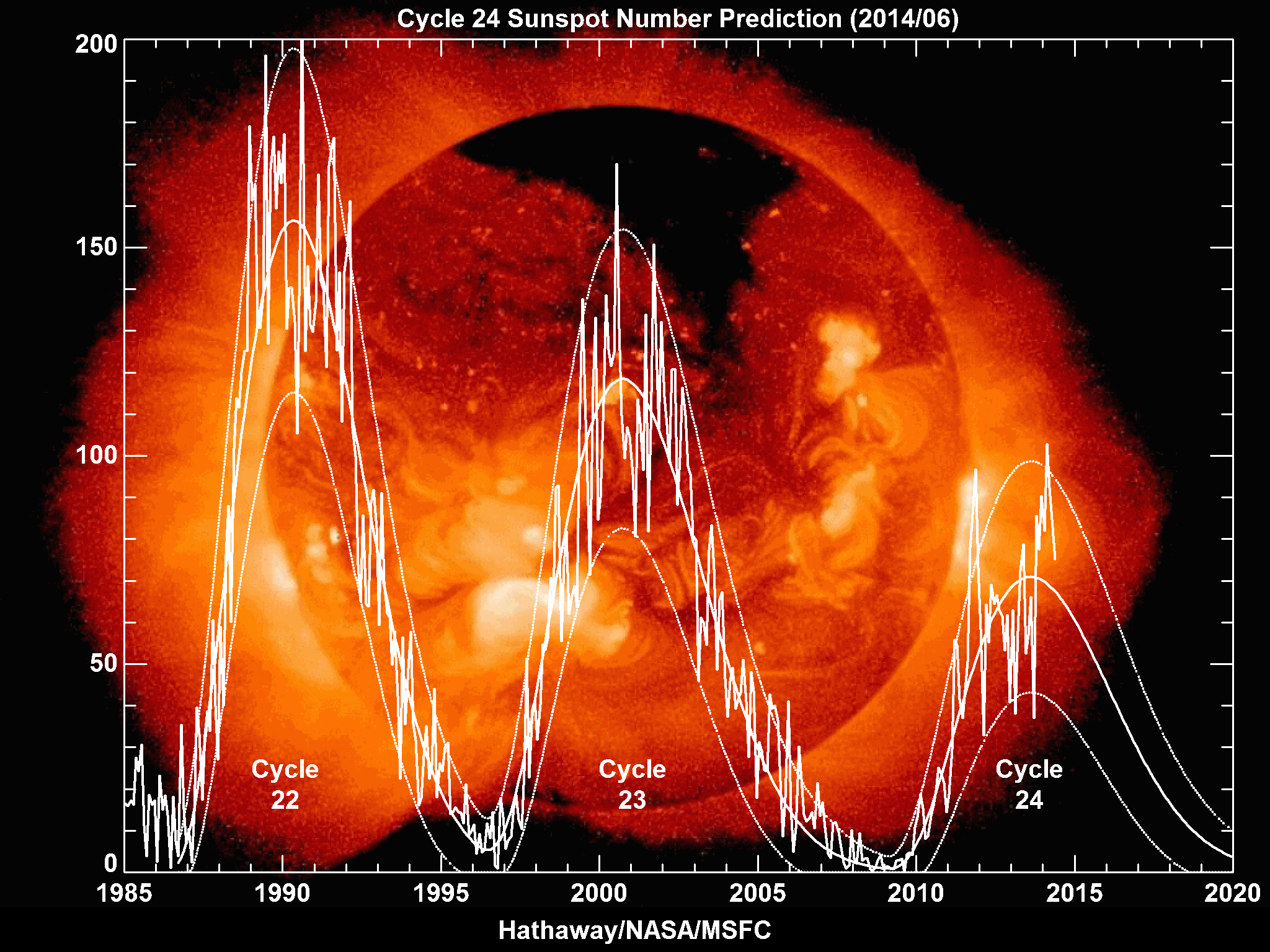The Earth entered a little Ice Age phase beginning in 2014-2015, which will last into the 22nd century. The Earth has gone through many such phases; reduction in solar activity has led us to another.
So, how should we respond? Given that offshore oil supplies will be increasingly less accessible due to ice, we should build nuclear power plants as quickly as possible.
“The New Little Ice Age Has Started.” This is the unambiguous title of a new study from one of the world’s most prestigious scientific institutions, the Russian Academy of Science’s Pulkovo Observatory in St. Petersburg. “The average temperature around the globe will fall by about 1.5 C when we enter the deep cooling phase of the Little Ice Age, expected in the year 2060,” the study states. “The cooling phase will last for about 45-65 years, for four to six 11-year cycles of the Sun, after which on the Earth, at the beginning of the 22nd century, will begin the new, next quasi-bicentennial cycle of warming.”
Habibullo Abdussamatov, the head of space research at Pulkovo and the author of the study, has been predicting the arrival of another little ice age since 2003, based on his study of the behaviour of the Sun’s different cycles and the solar activity that then results. His model — informed by Earth’s 18 earlier little ice ages over the past 7,500 years, six of them in the last thousand years — led to his prediction more than a decade ago that the next little ice age would occur between 2012 and 2015. Unlike the global warming models of scientists, which were soon disproved by actual measurements, Abdussamatov’s models have been affirmed by actual events, including the rise of the oceans and the measurable irradiance sent earthward by the sun. This record of accuracy — which he has repeatedly demonstrated in studies between 2003 and now — leads him to now confidently state that in 2014–15, we began our entry into the 19th Little Ice Age....
Lawrence Solomon: Proof that a new ice age has already started is stronger than ever, and we couldn’t be less prepared
You know what- he might be correct. Or he might not be.
He is one scientist- with a theory.
Does any scientist agree with him? Have his papers been peer reviewed? Has his science been confirmed by other scientists.
Certainly we should take all warnings of climate change seriously and put it through rigorous scientific discussion.
Don't you agree?
Actually, it is a "she." And her paper has already been challenged by the scientific community.
http://phys.org/news/2015-07-mini-ice-age-hoopla-giant.html
This month there's been a hoopla about a mini ice age, and unfortunately it tells us more about failures of science communication than the climate. Such failures can maintain the illusion of doubt and uncertainty, even when there's a scientific consensus that the world is warming.
The story starts benignly with a
peer-reviewed paper and a presentation in early July by
Professor Valentina Zharkova, from Northumbria University, at Britain's
National Astronomy Meeting.
The
paper presents a model for the sun's magnetic field and sunspots, which predicts a 60% fall in sunspot numbers when extrapolated to the 2030s. Crucially, the paper makes no mention of climate.
The first failure of science communication is present in the Royal Astronomical Society
press release from July 9. It says that "solar activity will fall by 60 per cent during the 2030s" without clarifying that this "solar activity" refers to a fall in the number of sunspots, not a dramatic fall in the life-sustaining light emitted by the sun.
The press release also omits crucial details. It does say that the drop in
sunspots may resemble the
Maunder minimum, a 17th century lull in solar activity, and includes a link to the
Wikipedia article on the subject. The press release also notes that the Maunder minimum coincided with a mini ice age.
But that mini ice age began before the Maunder minimum and may have had multiple causes,
including volcanism.
Crucially, the press release doesn't say what the implications of a future Maunder minimum are for climate.
Filling in the gaps
How would a new Maunder minimum impact climate? It's an obvious question, and one that climate scientists have already answered. But many journalists didn't ask the experts, instead drawing their own conclusions.
snip/
As discussed previously, the impact of a new Maunder minimum on climate has been
studied many times. There's
40% more CO2 in the air now than during the 17th century, and global temperature records are
being smashed. A new Maunder minimum would slow
climate change, but it is not enough to stop it.
snip/
Is there any quantitative basis for claims of a mini ice age? Zharkova and her colleagues have cited a
1997 article by Judith Lean, who showed the sun's brightness (quantified by solar irradiance) was 3 W per m2 less during the Maunder minimum than today. More recent studies, including those by Lean, find the solar irradiance varies less than was thought in 1997.
In plain English, the small change in sunlight reaching the Earth during a new Maunder minimum wouldn't be enough to reverse climate change. For the technically minded, even a 3 W per m2 change in irradiance corresponds to a radiative forcing of just 0.5 W per m2 (because the Earth is a sphere and not a flat circle), which is less than the radiative forcing produced by anthropogenic greenhouse gases.
To be blunt: no mini ice age for us.





